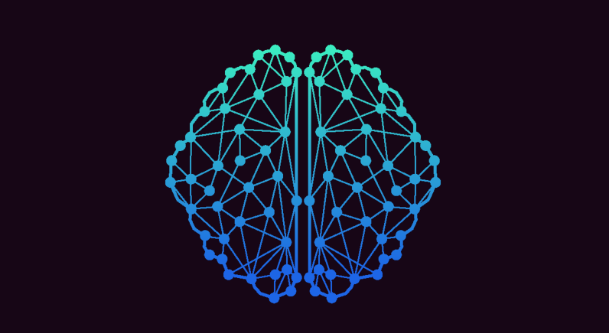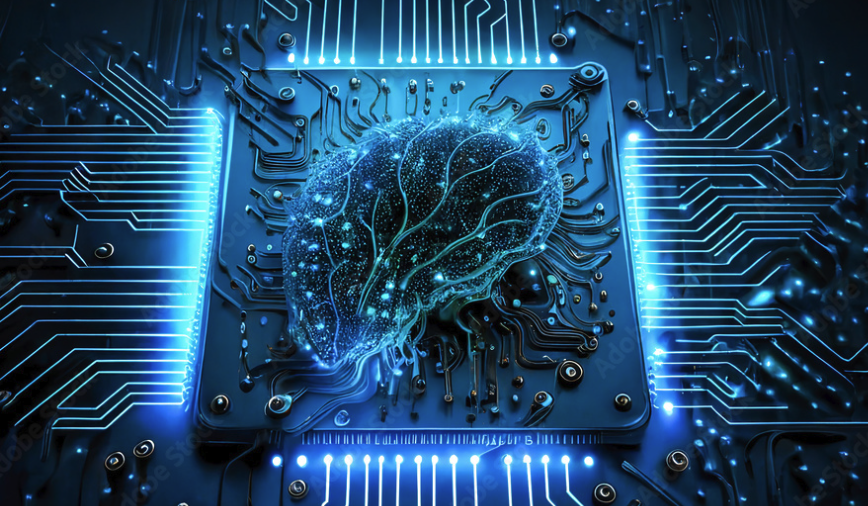Generative AI, also known as GenAI, is a subset of Artificial Intelligence that learns from the input provided and generates the output based on it. It identifies the patterns in the input data and generates output that can be text, images, audio, or video.
This incredible technology can be effectively leveraged in Test Data Management. There are several challenges in Test Data Management, such as lack of realistic data, insufficient test data coverage, provisioning test data, maintaining test data consistency, storage issues, concerns in data privacy, and regulatory compliance. Generative AI can help address some of these challenges like so:
- Generation of Realistic Data – Generative AI helps generate realistic synthetic data. It can be used to generate both positive and negative data. For this, a Generative AI model can be trained on the dataset having both positive and negative values. This dataset closely resembles the real scenarios.
- Improved Test Data Coverage – The up-to-date generated data can be used by various Testing teams for their testing purposes. It results in improved test coverage and more efficient testing. Moreover, this data can be purged after use, thus removing the overhead of storing large volumes of synthetic data.
- Provisioning Test Data On Demand – Generative AI helps to generate the data based on demand rather than storing large amounts of data beforehand. It streamlines the process of Test Data Management. Thus, the generated synthetic data is always fresh and up to date. Moreover, it reduces the creation of test data manually.
This technology makes use of various statistical models to generate output data that resembles the input dataset it was trained on. These models require a large dataset to be fed as input. Several popular models, like GPT-3, GPT-2, Co-Pilot, Bert, etc., can be used for this purpose. For this, Generative AI leverages various ML algorithms to train these models to understand data and various patterns in the dataset. Generative AI models learn all the patterns existing in the training data and generate new data based on these patterns. The synthetic data generated matches the features of the input data.
Key Benefits
- Generative AI can automate the process of Test Data Management and also make it easier.
- It empowers testing teams by analyzing historical data, identifying patterns in that data, and discovering issues beforehand.
- It can be used to improve the process of test automation and minimize risks.
- It helps testing teams optimize their process and resources. Testing-as-a-Service (TAAS) with this technology helps in enabling faster testing cycles. Generative AI helps in automating test case generation and execution, which accelerates the continuous integration and continuous development (CI/CD) process. It ensures that new code is tested before its deployment.
- It can help to control the testing costs of enterprises by having adequate test coverage, fast execution, and better quality.
- It can analyze test results, predict forthcoming issues, and suggest remediation measures, thus improving the reliability of the software.
Challenges in Adoption
There are several challenges in adopting Generative AI in Test Data Management. A few among them are:
- Generative AI models require datasets of good quality as input to be effective. The training data should be diverse and relatable to the real world as it will affect the output.
- Generative AI involves extracting production data, which contains sensitive or personal information so that it can be used as training data by AI models. This requires complying with various data privacy regulations, obtaining user consent, and having adequate security procedures in place. The personal information of users in the training data should be secured.
- Generating test data using Generative AI requires significant investment in various resources and hardware. Also, training the model with input data requires a lot of time to be invested, along with access to relevant data.
- Testing teams need to gain expertise in the usage of machine learning techniques to create models that generate data to adopt Generative AI effectively across the delivery practice.
- Human judgment is still an important part of the Test Data Management process. Generative AI can struggle with handling complex scenarios that require human involvement.
Conclusion
The future of Generative AI is very promising. It is expected to touch a valuation of USD 188.62 billion by 2032. The advancement in this technology brings exciting opportunities in test data generation, test automation, test optimization, and performance testing. Generative AI is likely to become more comprehensive in the future. It is a shift that organizations cannot overlook. Organizations must be adaptable to these advancements. It’s their time now to unlock exponential value with Generative AI and improve the efficiency and effectiveness of their Test Data Management process.
References
https://www.lambdatest.com/blog/generative-ai-for-efficient-test-data-generation/
https://www.datprof.com/solutions/generative-ai-for-test-data-generation/
https://www.brillio.com/insights/blog/future-proof-software-testing-with-generative-ai/











